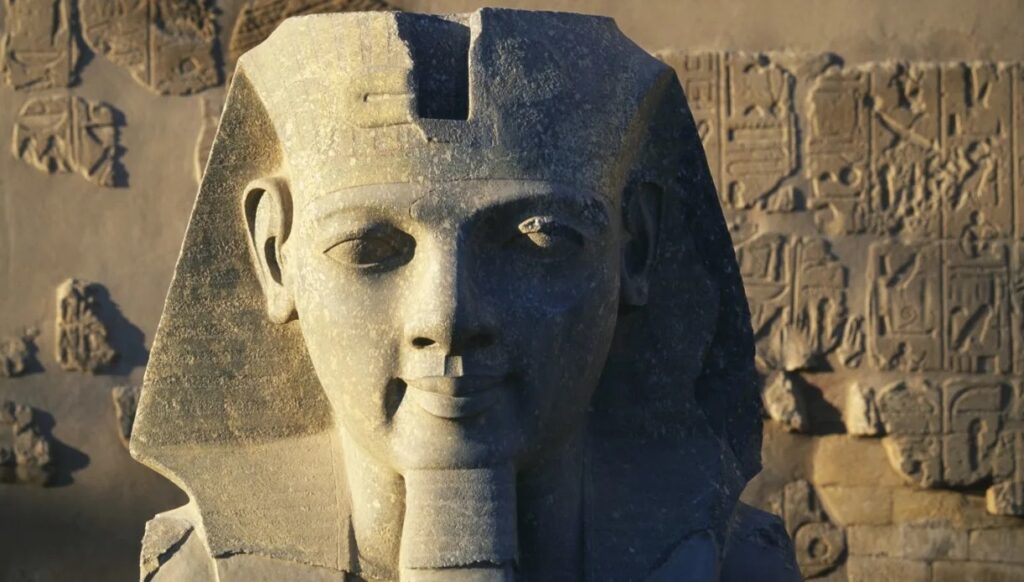30/04/2024
30/04/2024

EGYPT, April 30: Ninety-six years ago, the renowned German archaeologist Günther Roeder made a groundbreaking discovery in the Minya Governorate, Egypt. He unearthed the lower half of what could have been a colossal, 23-foot-tall statue of Ramesses II, one of the most illustrious pharaohs in the annals of Ancient Egyptian history. Roeder's find, located approximately 150 miles south of Cairo near the modern-day city of El Ashmunein, shed light on the rich heritage of the region, once known as Khemnu in antiquity. This area, situated along the Nile, served as a provincial capital during the Old Kingdom of Egypt (2649–2130 BCE), later renamed Hermopolis Magna during Roman rule.
The discovery of the lower half of the statue hinted at the treasures buried beneath the desert sands, tantalizing archaeologists with the prospect of uncovering more remnants of the region's storied past. However, the upper portion of Roeder's remarkable find remained elusive, lost to the passage of time... until now.
In a monumental development announced in March, Egyptian archaeologists, in collaboration with American experts, revealed the long-awaited discovery of the missing upper half of Roeder's statue. Standing at an impressive height of 12.5 feet, the upper half depicted Ramesses II adorned with a regal headdress crowned by a royal cobra, showcasing the craftsmanship of ancient artisans.
The excavation, which commenced in January, initially faced uncertainties regarding the preservation of the statue due to the fluctuating water table caused by the construction of the Aswan Low Dam. Yvona Trnka-Amrhein, co-leader of the excavation team and assistant professor of classics at the University of Colorado Boulder, expressed concerns about the condition of the sandstone statue. However, meticulous excavation efforts revealed the remarkable preservation of the artifact, accompanied by traces of blue-and-yellow pigment adorning its surface.
The unexpected discovery of the pigment offers a tantalizing opportunity for researchers to delve deeper into the statue's origins and original appearance. Trnka-Amrhein emphasized the significance of this find, highlighting its potential to enrich our understanding of ancient Egyptian artistry and culture.
With the successful recovery of the missing upper half, Egyptian co-leader Basem Gehad has proposed a plan to reunite the two pieces, culminating in the restoration of Roeder's monumental discovery. Pending approval, this reunion promises to further illuminate the legacy of Ramesses II and the enduring legacy of Ancient Egypt.


